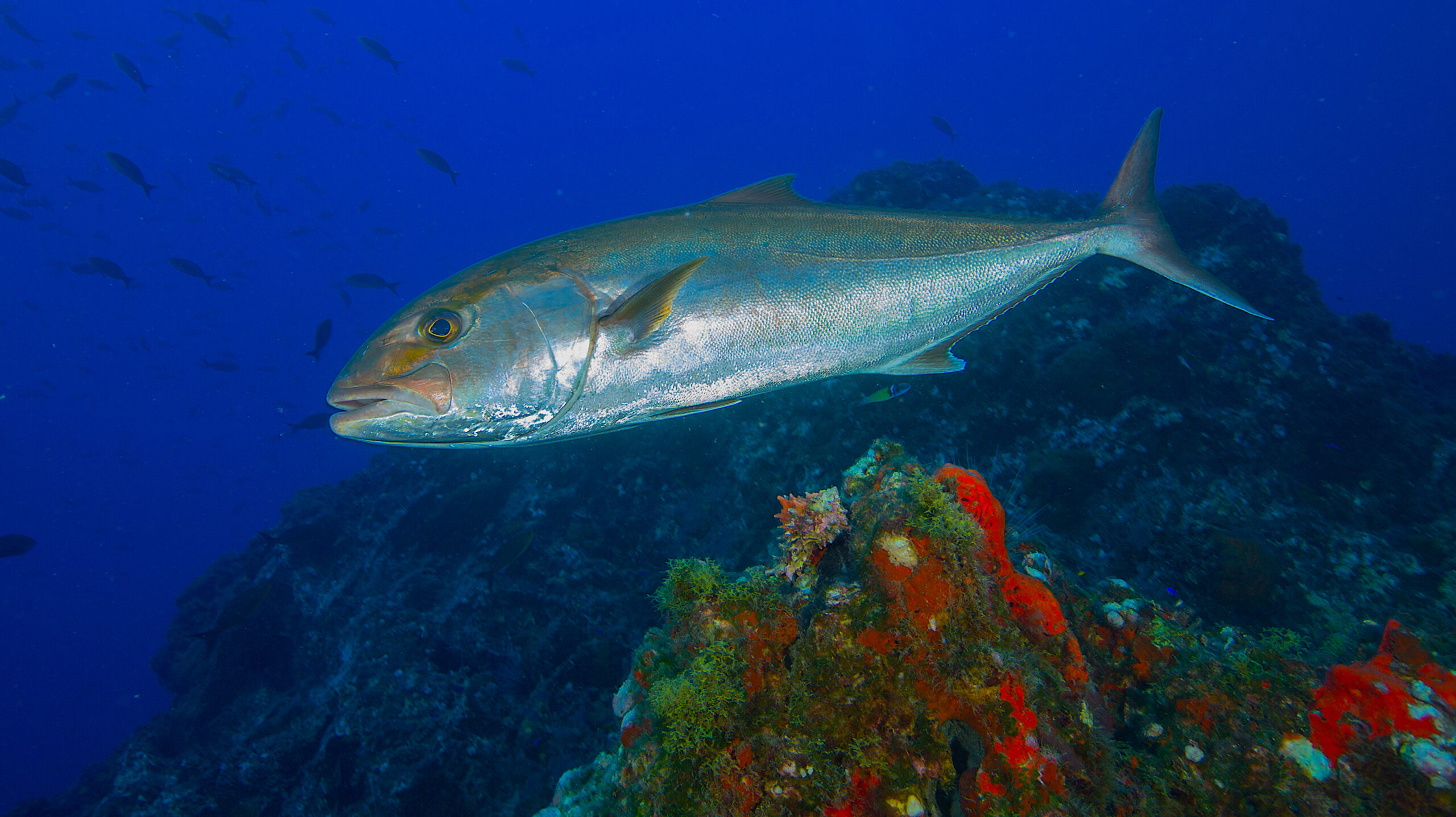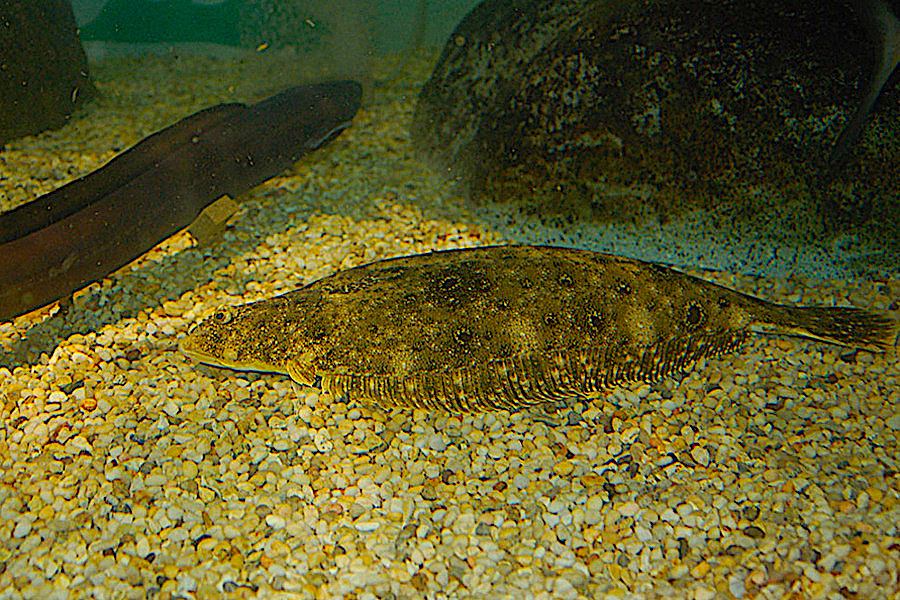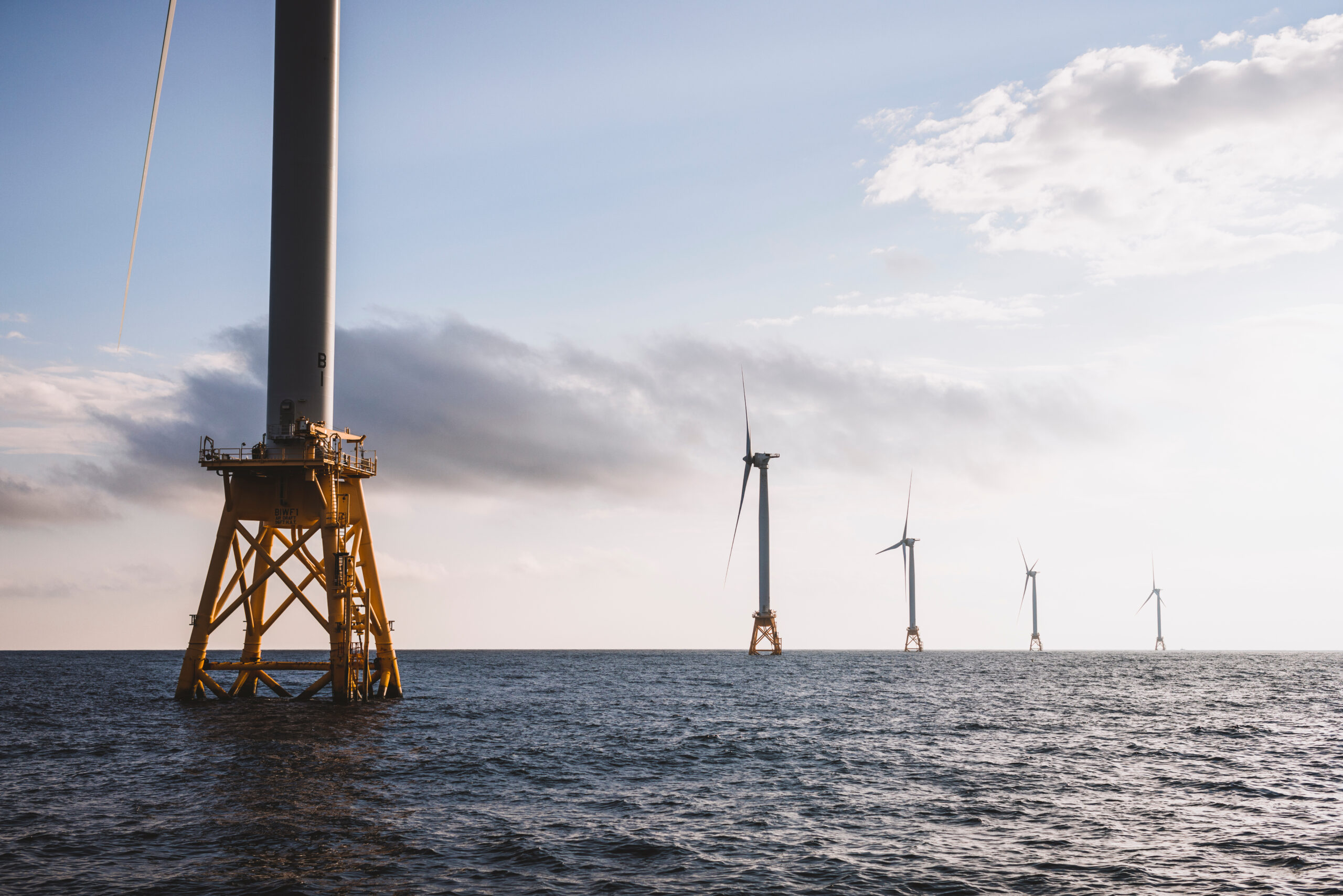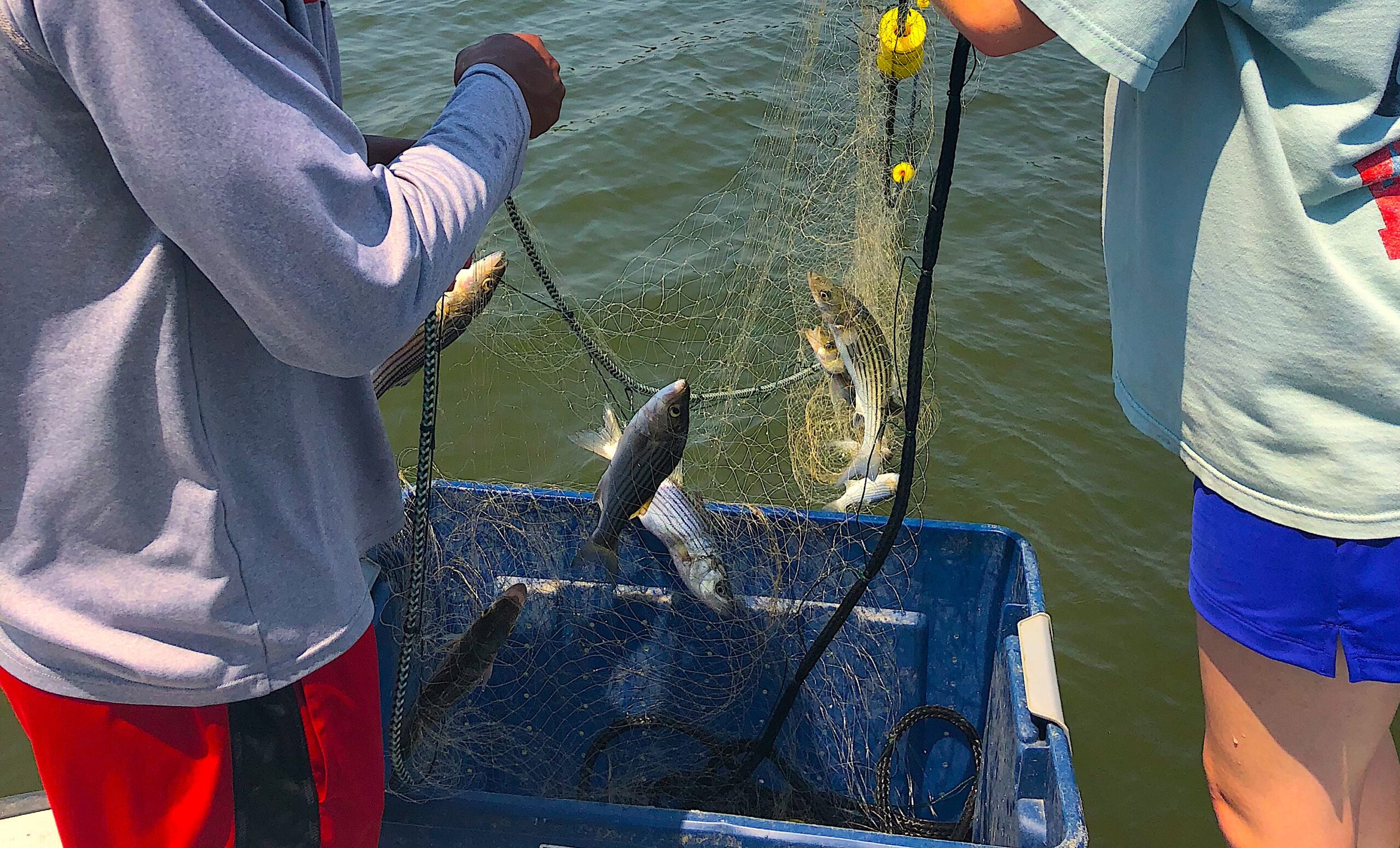Will a Warming Atlantic Ocean Shorten the Lifespan of Your Favorite Fish?

A small rise in temperature in the Atlantic off Nova Scotia is likely to increase the natural mortality rate of many marine fishes in the region.
Research Need
Climate change is already altering marine ecosystems. Some of those changes are more intuitive to the casual observer — such as the northward shift towards cooler waters for some mid-Atlantic species. Other effects are less obvious, such as the impact of higher water temperature on the reproductive timing of shad or on the skewing of sex ratios in southern flounder toward more males.
Not to be the bearer of bad news, but a warming ocean may impart additional negative impacts on marine fishes as well.
For example, fisheries scientists are generally in broad agreement that a 1.8° Fahrenheit rise in ocean temperature will contribute to most marine fish species reaching maximum sizes that are 10% smaller. In short, it is physiologically more difficult for fish to extract oxygen and grow in warmer waters.
That said, scientists want to know whether such a reduction in body size will result in a higher rate of natural mortality for marine fish and threaten the viability of different species.
What did they study?
A team of scientists examined archived life history data (maximum length, rate of growth, etc.) from 100 marine fish species common off Nova Scotia on the Scotian Shelf, part of the coastal Atlantic Ocean between the warm waters of the Gulf Stream to the south and the cold waters of the Labrador Current to the north.
These 100 species are unique among more than 450 species available in the dataset in that estimates of natural mortality for these select species is well documented. Natural mortality includes death by disease, predation, competition, starvation, old age, and other causes unrelated to fishing. Given that natural mortality is notoriously difficult to observe, let alone estimate, it’s a critical metric required for fisheries stock assessments.
Using computer modeling, the research team explored how the predicted 10% decrease in maximum size would affect natural mortality rates.
What did they find?
The data suggests that most bony fish species examined will realize a median 10.5% higher rate of natural mortality with 1.8° Fahrenheit rise in ocean temperature.
Limited data suggests that warming waters will have a lesser impact on cartilaginous fishes (like sharks, skates, rays, and chimeras).
Modeling also showed smaller-bodied fish species experiencing greater increases in natural mortality than larger-bodied species.
Anything Else?
The researchers identified some fish species in their dataset at “high” or “very high” risk to climate change in relation to natural mortality, which would adversely impact these species’ long-term viability.
These fishes included many popular with recreational and commercial fishers: swordfish, spiny dogfish, Atlantic cod, greater amberjack, and summer flounder, among 32 others.
So What?
Thanks to this research, we have a simple approach to examine how natural mortality rates — and, thus, long-term population viability — might change with small increases in ocean temperature.
Reading
Levangie, Paige E. L., Paul J. Blanchfield and Jeffrey A. Hutchings. 2021. The influence of ocean warming on the natural mortality of marine fishes. Environ Biol Fish. https://doi.org/10.1007/s10641-021-01161-0
Funding: Support was received from a Natural Sciences and Engineering Research Council Discovery Grant to J.A.H.
Summary compiled by Scott Baker.
Lead photo: greater amberjack. Credit: NOAA.
The text from Hook, Line & Science is available to reprint and republish at no cost, but only in its entirety and with this attribution: Hook, Line & Science, courtesy of Scott Baker and Sara Mirabilio, North Carolina Sea Grant.
- Categories:



